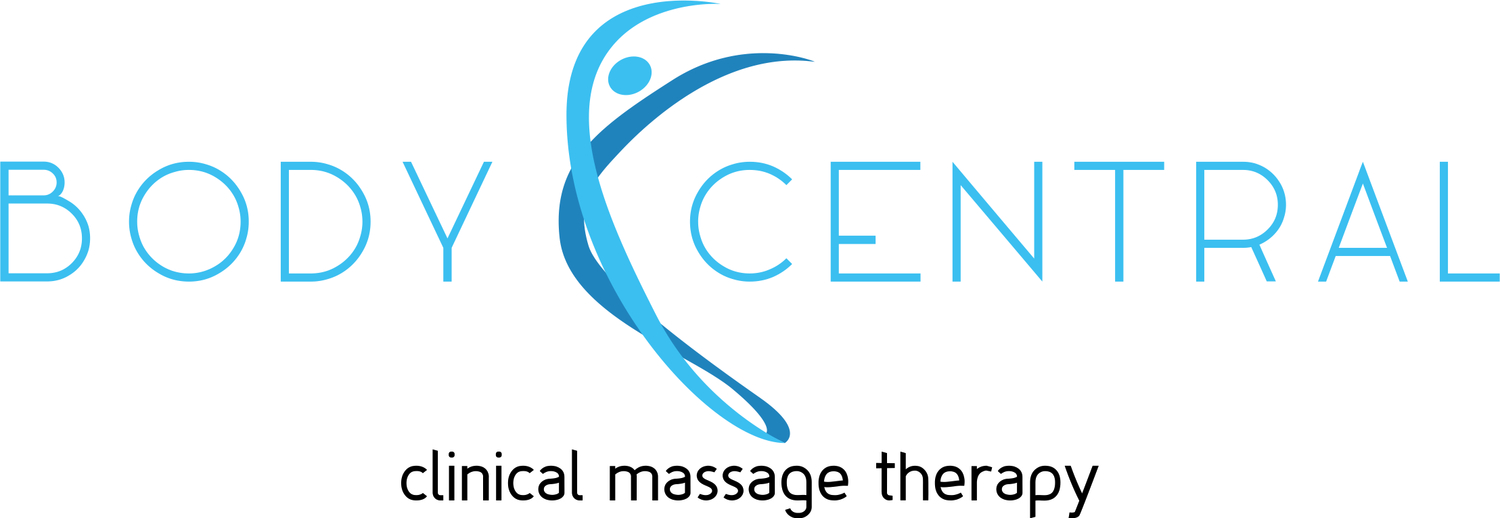So you finally bit the bullet and want to book for that amazing massage your friends/family have been raving about, but you're not sure what to expect? Here's a quick rundown on how to ask for what you'd like and what to expect while you're getting a massage.
1) What style of massage am I looking for?
If you don't have any particular sore spots and you'd like a specific chill-out session to relax from head to toe, we suggest a 60 or 90 minute Swedish/Relaxation Massage. The pressure can be tailored light, moderate or deep depending on what you prefer.
If you have some tired/sore areas of your body or pain due to injury, posture or something else, request a Therapeutic Massage - Deep Tissue or Neuromuscular Therapy. The pressure is tailored to you depending on how tender your muscles are and how well they've adapted to massage (long-standing clients can generally handle a little more pressure.) Your therapist will check whether the pressure works well for you! Be aware, sometimes you'll have achey muscles the day after; they should loosen up after that. You can also request some more generalised massage within this treatment if you wish. Each therapist has different specialties, so this may include cupping, myofascial release or dry needling. You can choose whether these are used in your session or not.
Trigger points often come up in Deep Tissue massage, and represent areas of your body that are or have been dull and achey.
If you have a sporting event coming up in the near (or far) future, or you've just finished one, request a Sports Massage. You might have specific niggles for your therapist to iron out, or you might just want them to treat the areas they (and you) know are going to be worked the hardest in your particular sport or activity. Your therapist will advise you on what course of action they see fit depending on when your event is.
If you love a good stretch and would like to experience a therapy where you're being moved around while massaged, we can do some PNF or Active stretching with you during the treatment.
If you've noticed areas of your body, specifically your limbs, get puffy/swollen every so often, request Manual Lymphatic Drainage. This is a gentle drainage technique that manually moves lymphatic fluid from your tissues to the nodes for filtering. Your therapist can advise you further on other ways to aid lymphatic flow.
We can mix and match with some Massage Therapy. If, for example, you have sore/tired shoulders, we can give you some deep tissue massage on them and some relaxation massage on your back. Back, neck and shoulders are a very common request. Be aware there are only a certain number of areas your therapist can get through in an hour! Your therapist will talk you through a realistic plan during your session.
2) What's going to happen during my massage?
Health History and your observations - If it's your first massage, you therapist will go over your health history to make sure you're safe to have massage. Then she/he will ask you to elaborate on any areas you've had pain/stiffness, how they came to be there, and what makes them better or worse.
Palpation, Plan and Position - Next your therapist will usually have a look at your posture, do a couple of tests if you have pain, palpate your muscles to see what is tight/tender, then make a plan for your massage. If you don't understand the plan or you're not quite happy with what the outcome is, let your therapist know so they can explain further. Your therapist will instruct you on how to lie (face up or face down and always under the sheet/towel, which clothes to remove and which to leave on before they leave the room to wash their hands. They'll knock before entering the room again.
The session - your therapist will shift and tuck the sheet to expose each area they're massaging as they go. Every area not currently being massaged, plus any private areas will always be covered. They'll check with you as to the pressure as they massage, which is your chance to give them feedback on how soft/moderate/hard the pressure needs to be. Once the massage is over, you'll be fully covered with the sheet again and your therapist will instruct you to get up and dress while they leave the room.
Follow-up - you'll discuss how you feel following the treatment, repeat any tests you may have done before to check the progress and success of your massage and be given some stretches or advice. Now is the perfect time to rebook. Usually if you have a sore area, it's sensible to rebook a couple of times to ensure long-term success. Most people have a 'maintenance' massage every 3-4-6 weeks to soother away recurrent niggles.
Our therapists are professional and trustworthy people, but if you have any concerns or qualms or something happens contradictory to this outline, don't be afraid to speak up and question it. It's your body and you have every right to ensure you feel safe and comfortable.
So now you know exactly what to expect! Book in with our therapists to experience what everybody raves about!
